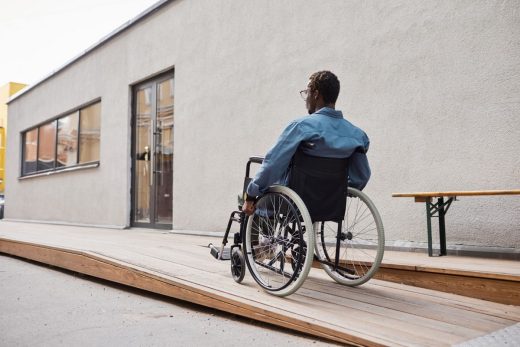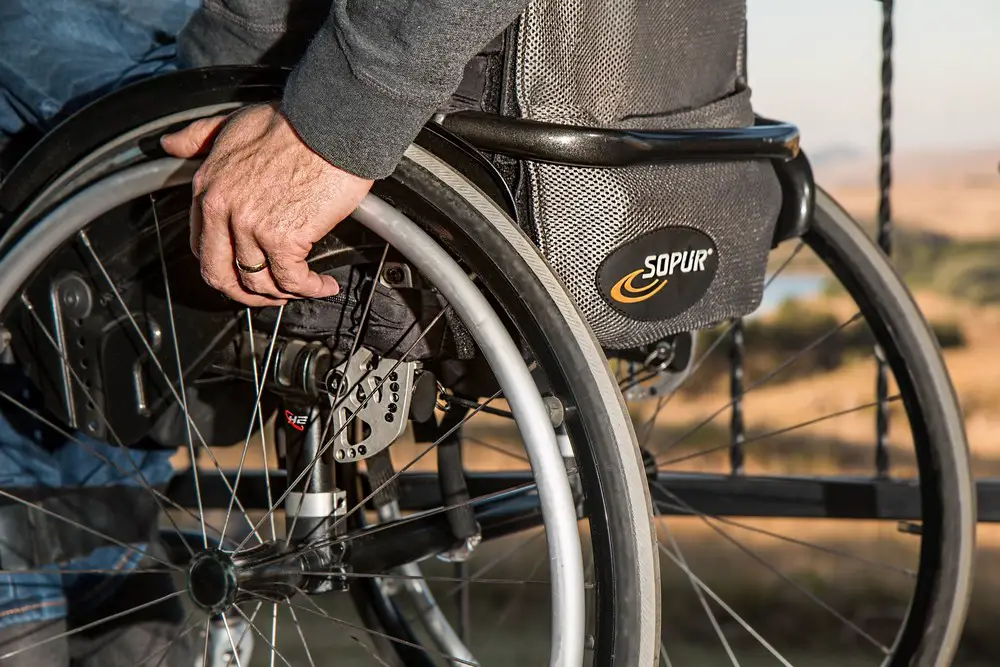Accessibility solutions in homes: How does architecture accompany the evolution of the population, Property
Accessibility Solutions in Homes: Architecture Accompany the Evolution of the Population
8 May 2023
Accessibility in design is crucial because it facilitates incorporating individuals with diverse abilities. When discussing accessibility and disability, most people immediately think of wheelchair-using individuals.
Architects define accessibility as the presence of ramps, wide corridors, and elevators in a building. Because there are numerous types of disabilities, some more obvious than others, buildings must be accessible to a diverse population. Those who are blind or have limited vision have much to gain from visiting establishments and public areas with touchable components. Here are some ways in which architects can offer more accessibility in homes.
Wheelchair-accessible floors and surfaces
Eliminating all obstacles preventing individuals with disabilities from leading independent lives falls squarely within the scope of residential architects. Accessibility for wheelchair users is a primary concern in architectural design, as wheelchairs have specific spatial, material, and other design and use requirements. Mainly in residential environments, one of the most important things an architect can do to enhance the comfort of wheelchair users is to design for them. There are still many residential buildings that do not have elements that help to overcome these barriers, so they must lead to the installation of lifting platforms of various types;
Open lifting platforms
Lifts that are equipped with cabins are essentially enclosed rooms that are located within a shaft. They are the same as elevators in every manner, including the fact that they can ascend a height of up to five storeys, their controls, and the doors that automatically shut behind them. Both the controls and the operation of the lift can be made simpler and easier to understand with the assistance of modern technologies. There is a potential that not all cabin elevators conform to the accessibility standards required for public and commercial buildings.
Vertical lifting platforms
Vertical lift services such as stair lifts allow wheelchair and power chair users to access porches, decks, and other raised surfaces in their residences and places of business. To access higher levels, such as decks and terraces, users are transported vertically, similar to how an elevator operates. In situations where space is at a premium or where there is a vertical distance of more than a few feet, these are a practical alternative to staircases. Vertical platform elevators provide accessibility for individuals utilizing wheelchairs, power chairs, or mobility scooters.
Enclosed lifting platforms
People on open platform lifts are transported along an open yet supervised platform regardless of whether they are climbing or descending. These elevators are well-suited for settings where there is relatively little difference in height from one floor to the next and when there are distance constraints. They can be used in place of staircases, which results in space savings.
Cabin lifting platforms
When traveling between floors in an enclosed platform lift, passengers are protected from the elements by walls and a roof surrounding the lift. Because of this, an elevator can travel a maximum of three levels without jeopardizing its passengers’ safety. They have the height advantage, but for longer journeys, a cabin platform lift can operate in a shorter amount of time.
Comments on this Accessibility solutions in homes: How does architecture accompany the evolution of the population? article are welcome.
Accessible Home Design
Accessible Architecture
How to design an ADA-compliant building

image source : seventyfour Via Freepik
Important role of architects for disabled people
Accessible Workplace In Ontario
Advantages of an electric wheelchair
What’s the Best Electric Wheelchair?
Building
Residential Architecture Articles
Comments / photos for the Accessibility solutions in homes: How does architecture accompany the evolution? page welcome






